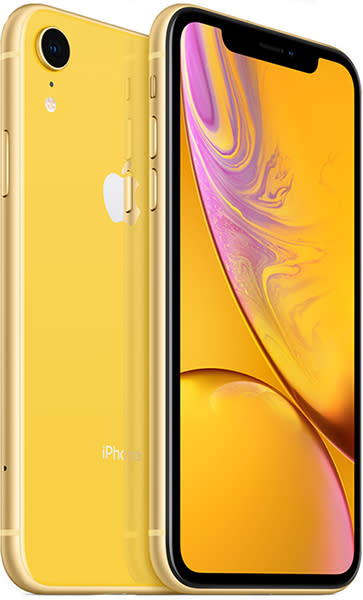Apple iPhone XS and XS Max review: Pricey but future-proof
That said, you should wait to buy them.
When Apple introduced the iPhone X last year, it didn't just release a new phone -- it presented a new vision of what iPhones should be. The fact that the X became Apple's top-selling model quarter after quarter was proof that people were embracing change. Now, with the arrival of the new iPhone XS and XS Max, Apple's vision feels almost inescapable. That's not necessarily a bad thing for iOS fans. These new XS models represent Apple at the top of its hardware game, and if you buy either of them, you probably won't need to upgrade for quite a while. They're that good. The bigger question here is whether the iPhone XS and XS Max are must-own devices, and that's where things get complicated. Before we can divine an answer to that question, though, we need to understand what makes these iPhones as valuable as they are. Fundamentally, the iPhone XS and the XS Max are the same phone -- one of them is just bigger. This itself is interesting, because in prior years, the iPhone 6 Plus and 6s Plus had cameras with optical image stabilization, while the 7 Plus and 8 Plus had dual cameras. The Max holds no such advantage this year -- instead, the two phones share a long list of tweaks and improvements worth noting. Both, for instance, pack improved stereo speakers that offer some additional clarity and a more pronounced sense of space. This is especially apparent when you're watching movies or live music recordings -- it doesn't exactly feel like you're in the middle of the action, but the experience comes closer to that than I would've expected. The glass covering the front and back of these new iPhones is tougher this year too, and that's a good thing. My iPhone X suffered a few serious gouges soon after I started using it, but so far the XS phones have withstood the hellscape that is my backpack. Even better, the XS and XS Max are (finally) rated IP68 for water and dust resistance, meaning you can leave one of these phones in as much as seven feet of water for up to 30 minutes. Not that you ever would. Right? Both phones also have eSIMs tucked away inside, though it'll be a while before you can actually use them. The idea here is to offer dual SIM support -- so you can attach multiple lines of services to a single device -- without having to juggle two tiny pieces of plastic. (Unless you live in China, where regional versions of the XS make you do just that.) This is a concession for international users who often have separate lines of service for voice and data, but Apple says you'll eventually be able to activate just the eSIM and skip traditional SIM cards entirely. Lastly, in addition to the usual 64GB and 256GB storage options, you can now get an iPhone XS or an XS Max with a whopping 512GB of storage. That's not exactly unheard of -- Samsung also offers its massive Galaxy Note 9 with that much storage -- but it's a great, if expensive, way to make sure you'll never run out of room for your offline Netflix movies. The iPhone XS has the exact same 5.8-inch Super Retina OLED screen as the iPhone X, and the XS's body is also more or less a dead ringer for last year's flagship. (MacOtakara rightly points out that the XS's dual camera hump is slightly larger.) The only way you'd be able to tell an iPhone XS from its predecessor is if the unit in question sported a handsome gold finish. After using the iPhone X for nearly a year, I can safely say that getting used to this design doesn't take long, and the XS's more compact footprint makes it the safer choice for most people. I can't say the same about the iPhone XS Max. Its 6.5-inch OLED screen isn't just the biggest screen Apple has ever packed into an iPhone -- it's one of the biggest smartphone displays on the market right now. That's not to say it doesn't have competition, though: the Galaxy Note 9's 6.4-inch display is technically larger, because its proportions are different and it doesn't have a notch cut out of it. In any case, the Max's screen is huge. More important, it's gorgeous. Apple has officially baked HDR10 and DolbyVision support into the XS line, but even without it, movies and YouTube simply shine on this screen. Apple's True Tone display tech works like a charm too, subtly changing the screen's color temperature so it looks right across different environments. Certain apps and websites are pretty good about using this extra screen space too. Take the New York Times, for instance -- its responsive design means the digital newspaper of record can display multiple columns of content, as opposed to the single column you get on the iPhone XS. Some of Apple's own software, like Mail and Messages, also show off extra panes of information when you hold the Max sideways. The issue right now is that there's all this extra room on-screen and not enough apps and services taking advantage of it. You probably don't need me to tell you that Android devices and small iPads have been able to run two apps side by side for years now, and while that might be overkill for the Max, some people would surely find it helpful. Ditto for a system-level picture-in-picture mode -- iPads can handle it just fine, and I love the feature while putzing around in YouTube, so its absence on such a big phone seems a little conspicuous. Also, after sifting through the hundred or so apps I've installed on the Max since receiving it, hardly any of them acknowledge this expansive screen in any meaningful way. Most of the time, the content inside those apps just looks bigger. That's fine and all, but using the Max sometimes makes me pine for Android's adjustable display size settings. In fairness, I've been testing these phones before their official release, so this problem might not be a problem for long. Then again, considering how long it took some app developers to update their software for the iPhone X's screen, we may be in for a wait. People have come to expect more from big screens on smartphones, and it's up to Apple -- and its developer community -- to make meaningful use of this extra space. If you're considering buying an iPhone XS Max, you owe it to yourself to go to a store and hold one first. Its body is the same size as the existing iPhone 8 Plus, but the edge-to-edge display means that, unless you have gigantic hands, you're probably going to have to use this phone with two hands. I'm told I have pretty big hands, but I simply could not reach the top of the screen with my thumb; if I wanted to use the Max with one hand, I had to shimmy that hand up and down the phone's body a lot. iOS's Reachability feature lets you access your top row of apps more easily, but even then, the two-handed approach is faster. When I first played with the Max, I said it was the closest Apple has ever gotten to smartphone overkill, and I stand by that. For a lot of people out there, it just might be too much phone. I'll be honest: getting used to the XS and XS Max's all-screen design and interface can take some time. Without a traditional home button, you'll have to swipe up from the bottom of the display to go back to your home screen. Multitasking happens not with a double click of a button but with a swipe-and-hold from around the screen's dock. Since there's no fingerprint sensor, you'll be using your face to unlock your XS from now on. Boom, now you're basically an iPhone XS expert. Thankfully, Apple's new iOS 12 software files down some of the rougher edges that became apparent when the company optimized iOS 11 for the iPhone X's edge-to-edge screen. It makes a big difference -- as far as I'm concerned, this is the most elegant version of Apple's mobile operating system I've used in a long time. I'm not going to rehash things too much here, since we just published a full review that delves into what makes this software so valuable, but here are a few flourishes worth highlighting. First off, Apple made it easier to force-close apps; now all it takes is a quick swipe up on an app card instead of the slightly longer press-hold-and-swipe from iOS 11. That might not sound like a huge change, but I'm grateful for it. Notification overload shouldn't be as much of a problem as before, since iOS 12 now intelligently bundles them together. And you can whip up some Siri Shortcuts -- macros that let you string together actions from different apps and services to handle tricky tasks -- but I've found that this process is slightly easier on the Max's bigger display. Performance is just a little smoother too, thanks to the new A12 Bionic chipset tucked away inside both phones. Apps launch a little faster here than on the iPhone X, and in general, jumping in and out of running apps in the multitasking view is speedier as well. When it comes to this sort of mundane use, the changes are noticeable but not dramatically so -- that is, unless you're coming from an older iPhone. In that case, you're in for a ride. Apple says the A12's two high-performance cores are up to 15 percent faster than the CPU cores in last year's iPhones. Apple seemed to pay more attention to its quad-core graphics processor, which can exhibit speeds up to 50 percent faster -- that explains why graphically rich games like Fortnite run with less choppiness here. As games and graphically intensive apps become more prevalent, the advantages of Apple's chipset design decisions should become obvious. Since we're talking about setting up the XS and XS Max for success down the road, we also need to touch on the A12's Neural Engine. Long story short, it's a co-processor Apple introduced last year to help power apps and features that rely on sophisticated machine learning models. Last year's Neural Engine was designed with two cores and could handle up to 600 billion operations a second. This year, Apple went with an eight-core design, allowing the co-processor to manage up to 5 trillion operations a second. That might not mean a lot to you, but it probably will once more app developers work neural network models into their apps. There are already a few impressive examples out there. The language learning app Memrise now packs an object recognition feature that identifies what the camera is pointed at and tells you its name in whatever language you're trying to pick up. Pixelmator Pro leans on the Neural Engine for improved image editing. Even Face ID runs a little faster on the iPhone XS and XS Max because it has the Neural Engine to help out with its facial recognition model. And the handful of augmented reality apps I've tested, such as LEGO AR Studio, were a little better at tracking structures as I "placed" them on a tabletop. So, yeah, there's actually a lot going on inside these new phones. Fortunately, the batteries inside the XS and XS Max seem fairly well equipped to deal with all this extra power. It shouldn't shock you to learn that the smaller XS basically delivers the same battery life as the iPhone X; I've been getting about 9 to 9.5 hours off a single charge on days when I was using the phone pretty heavily. The iPhone XS Max and its bigger battery obviously stuck around for a lot longer. In general, I could count on it to last between 11 and 12 hours total -- that's roughly 6 hours of intense use, including media streaming and tethering, plus another six hours of screen-off time. The iPhone XS and XS Max share one last crucial feature: an improved dual camera. Well, partially improved anyway -- the 12-megapixel telephoto sensor that sits at the bottom of the camera hump is the same as the iPhone X's. More often than not, you'll be shooting with the new 12-megapixel wide-angle sensor. In brief, it's a huge improvement over last year. This new wide-angle sensor is physically larger than before, and so are the light-capturing pixels dotting it (1.4μm versus 1.22μm in the iPhone X). Put another way, the XS's main camera is now much better at capturing light -- I've been able to achieve some really lovely nighttime shots, though my photos from dimly lit restaurants still aren't amazing. And since there are more focus pixels strewn across the sensor, the XS and XS Max are remarkably quick at locking focus on a subject. This fundamental improvement to the camera's sensor structure means the XS and XS Max shoot better-looking photos by default, but there's more at play here than just pixels. Apple marketing chief Phil Schiller went on at length about how great Apple's new, on-by-default Smart HDR system is, and it has indeed been really helpful so far. Here's how it works: when you hit the shutter button, the camera captures four exposures at the same time (three slightly underexposed and one slightly overexposed), then instantly stitches them together. The result is a photo that theoretically combines the best parts of each. If that sounds familiar, you're not imagining things: Google's Pixel phones have been doing this for a few years now, and the results are so good that I've been calling the Pixel 2 the best smartphone camera since it launched last fall. So how does Apple stack up in the computational photography arms race? Pretty well, but Google's more aggressive image processing often yields photos I like more. Your mileage may vary on that one, though; this is all subjective. I should also point out that Smart HDR seems to do its best when you have big differences between the well-lit and dark stuff in your photos. In my bright, everyday New York City shots, Smart HDR didn't seem to do much at all. Of course, that would be more of a problem if the XS and XS Max didn't already produce lovely -- if somewhat neutral -- photos. Even portrait photos are generally better this year, thanks in large part to the A12's Neural Engine helping the camera figure out what's in the foreground and what's not. That said, it's still not perfect -- there are still times when the camera lets parts of a subject blur into the background. At least you have more control over that background blur this time. A new feature called Depth Control lets you change the depth of field of a photo after you've already taken it, and it's been handy for getting my portrait shots looking just right. And since this feature runs completely in software, you can use it to gussy up your selfies too. That's especially helpful when you consider that Apple didn't change the 7-megapixel front-facing camera from last year's model. The thing is, Depth Control always assumes you want a subject's face to remain in focus at all times, and that's often true. Still, it would've been nice if we could manually select the part of a photo we'd like to keep clean when simulating a f/1.4 aperture. And I have to take issue with Schiller's insistence that this is some new, unique feature -- apps like Focos have been able to do this sort of smart background blurring for a while, to say nothing of rival smartphones like the Galaxy S9 Plus. The iPhone's camera experience is much better than it used to be, but then again, you could say that about just about every smartphone camera. You know my thoughts on the Pixel 2's camera: despite only having a single rear camera, it still sometimes outguns the XS. And while it isn't as great as exposing all parts of a scene right out of the box, the Galaxy Note 9's photos are still stunning, especially on its huge Super AMOLED display. I'm not convinced Apple is the winner here, but to be fair, it's a pretty tight race. Apple's new iPhones are fantastic choices, but they're not the only smartphones worth considering. If you find the smaller iPhone XS appealing, you may also want to look at Samsung's Galaxy S9 -- it's one of the best Android phones we've tested all year, and its gorgeous screen is more than enough to rival Apple's. Sure, it doesn't have a fancy stainless-steel body, but it's much cheaper than the XS as a result. For those attracted to the XS Max, the competition gets even tougher. Samsung's Galaxy S9 Plus is a no-brainer, since it packs a fantastic camera and an arguably sleeker design. The Galaxy Note 9 is probably the XS Max's biggest rival, though, if only because it lets you do a lot more with all that screen space. If that wasn't enough, Google is also gearing up to launch a pair of new Pixels in just a few weeks. Both will run the elegant Android 9.0 Pie right out of the box, and if history is any indicator, they're going to bring the heat when it comes to camera performance. Now here's the really odd part: it may well be that the iPhone XS and XS Max's biggest competitor is, uh, another iPhone. The iPhone XR is set to launch sometime in October, and it packs the same A12 Bionic that powers its more expensive cousins. It is, however, much cheaper -- prices start at $729, mostly because of its cheaper aluminum frame, LCD (sorry, Liquid Retina) display and its single rear camera. I appreciate Apple wanting to make cutting-edge iPhone features available to as many people as want them, and I suspect Apple's going to sell a lot of them. To say that these are Apple's best iPhones ever isn't really saying much -- that's true of just about every iPhone release. That said, the iPhone XS and XS Max subtly improve on the important work Apple started last year with the iPhone X in just about every way that matters. These aren't just worthy successors; they're fantastic smartphones in their own right. And thanks to Apple's growing focus on machine learning and the A12 Bionic's Neural Engine, both of these phones have been set up for success as our smartphone software continues to become more sophisticated. But we need to circle back to our original question: Are either of these new iPhones must-own devices? The answer really depends. If you splurged on an iPhone X last year, you could easily skip out on this generation -- and maybe even the next one -- and not feel bad about it. To be clear, Apple has done some fine work here, but once you've installed iOS 12, I don't think you're missing out on enough to justify the costs. If you've been using an older iPhone, though, or mulling a switch from Android, the XS line's value becomes much more clear. Even so, most of you reading this should consider waiting until the iPhone XR launches next month. Until we get a clearer sense of how Apple's cheap new iPhone X stacks up to these premium options, it's hard to say if the company's best iPhones ever are actually the best iPhones for you.
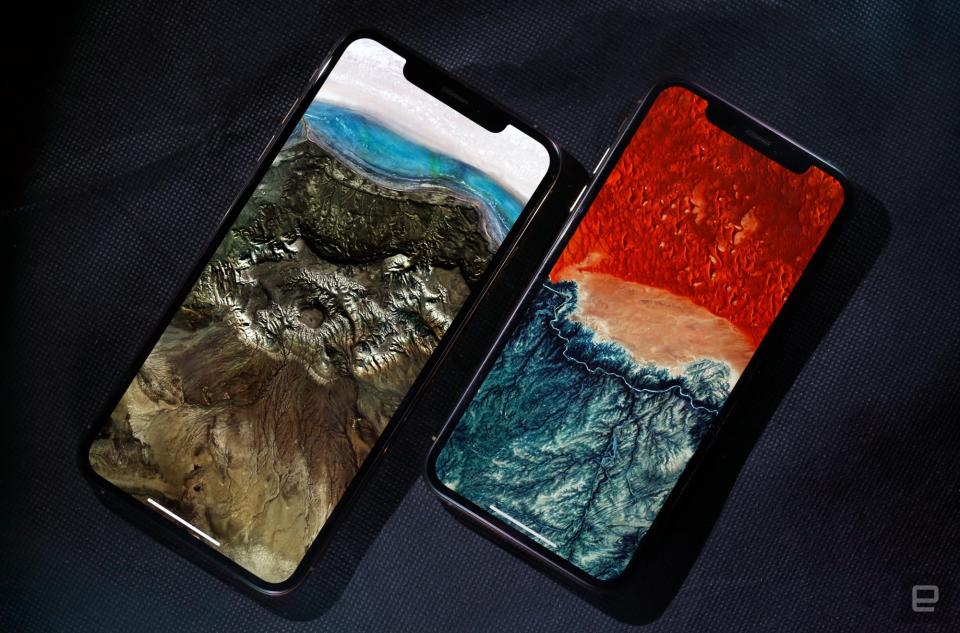
A shared foundation
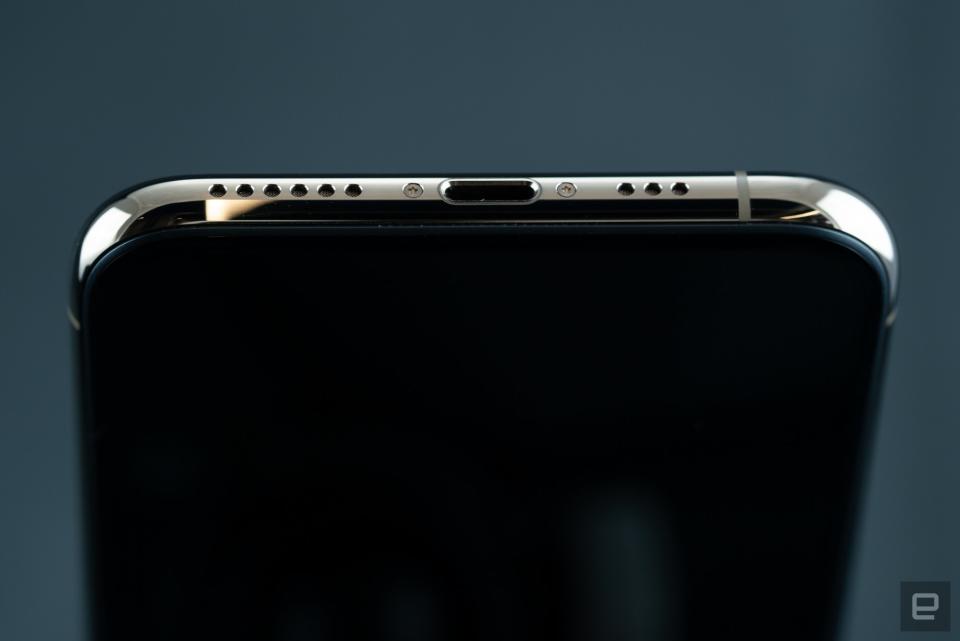
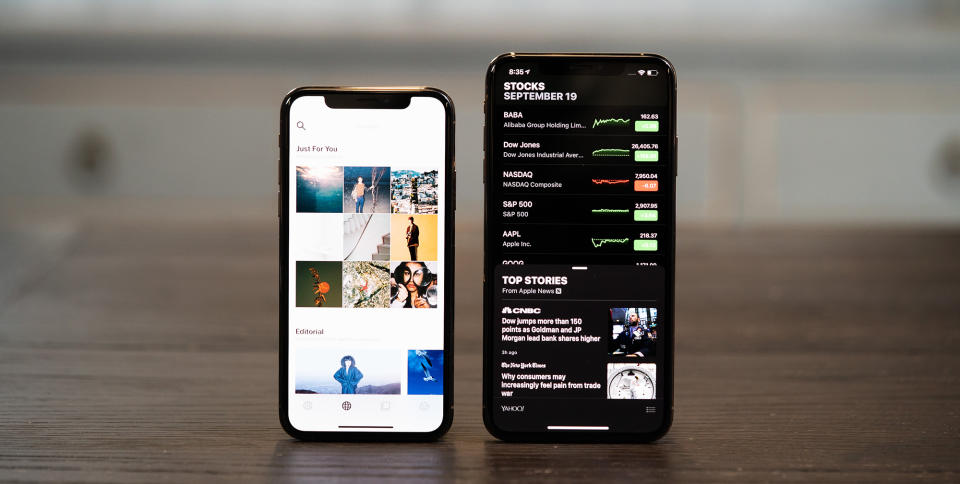
The Max difference
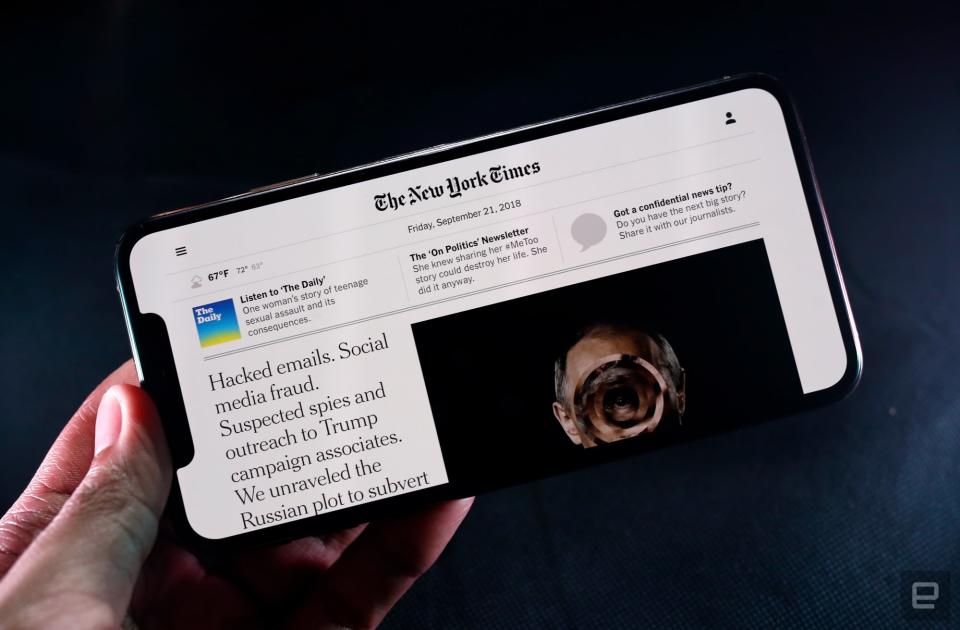
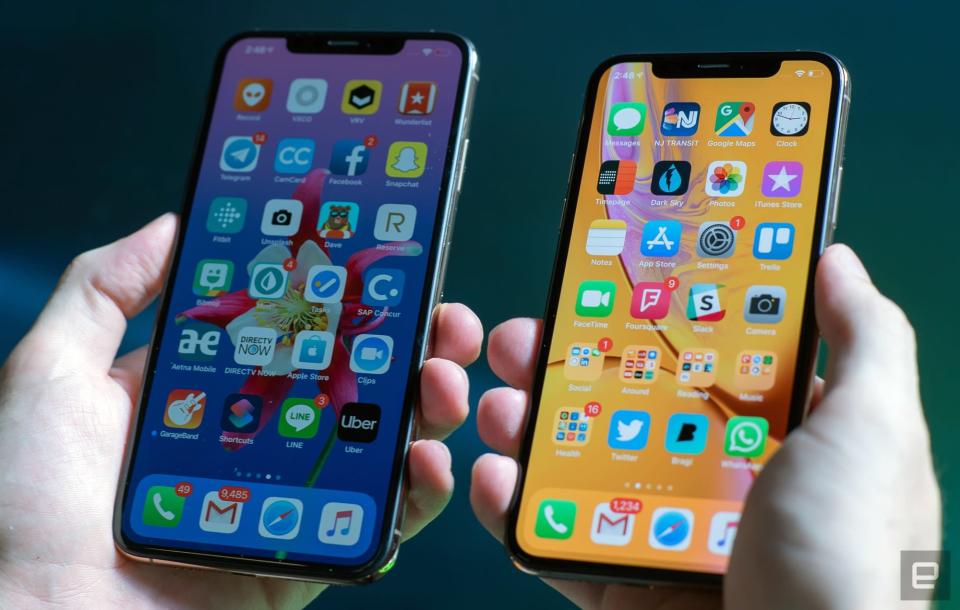
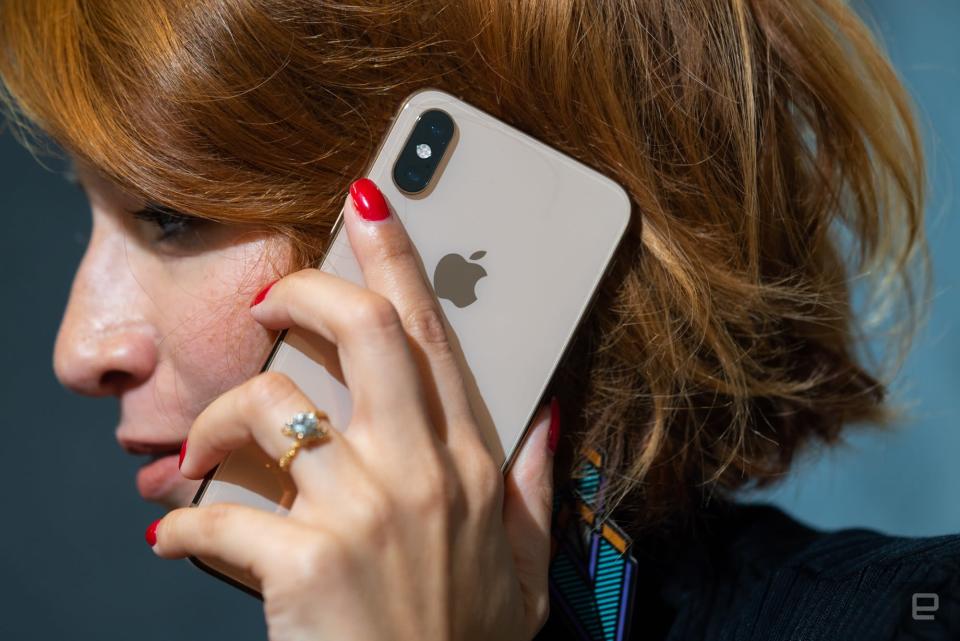
In use
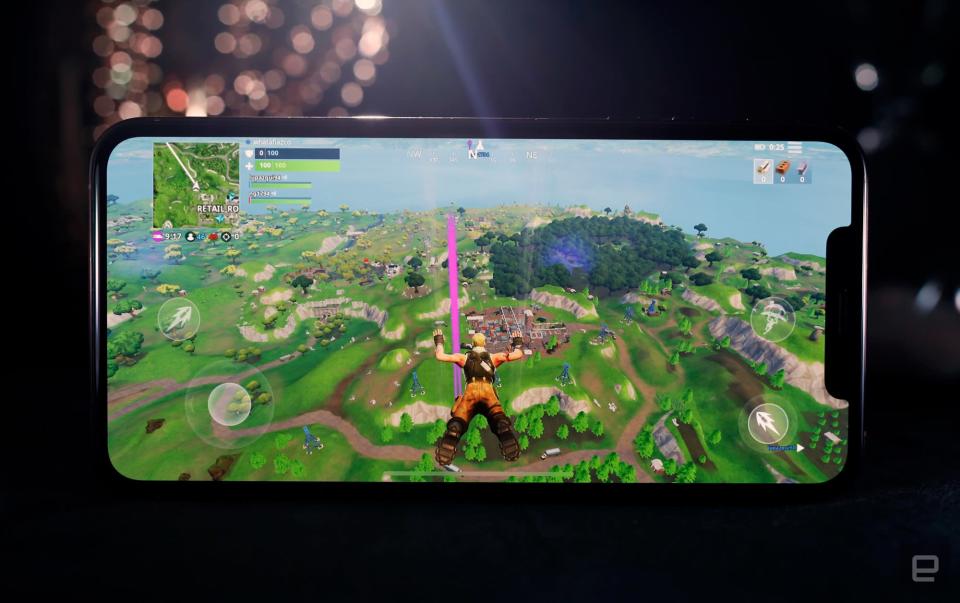
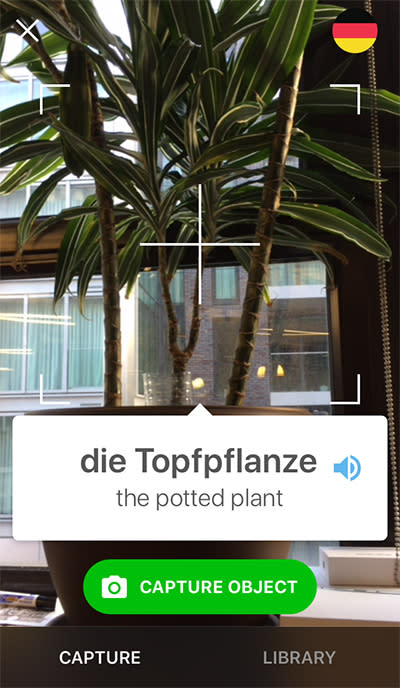
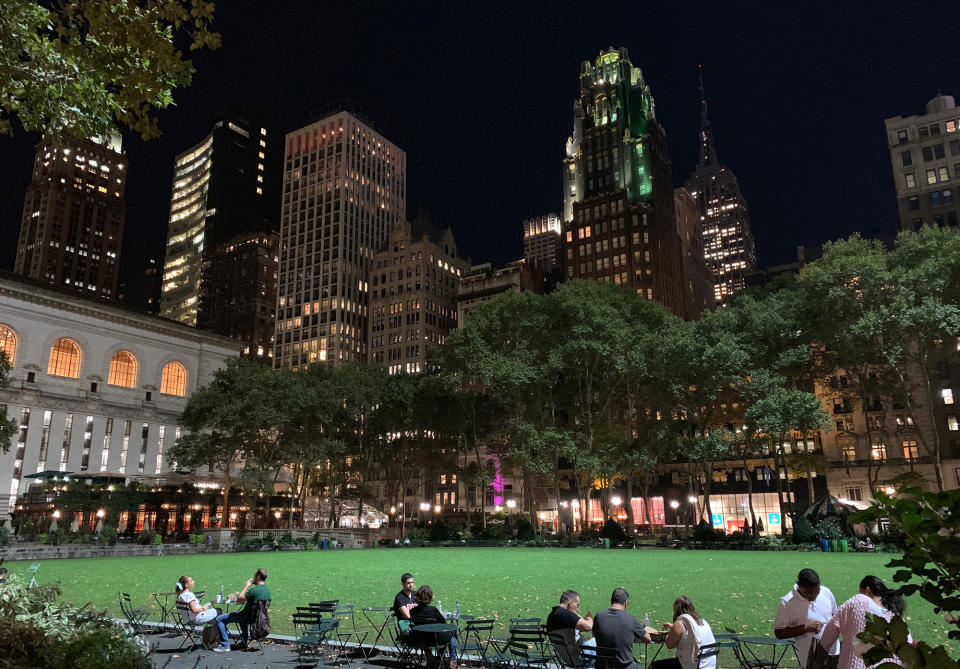
Newer, smarter cameras
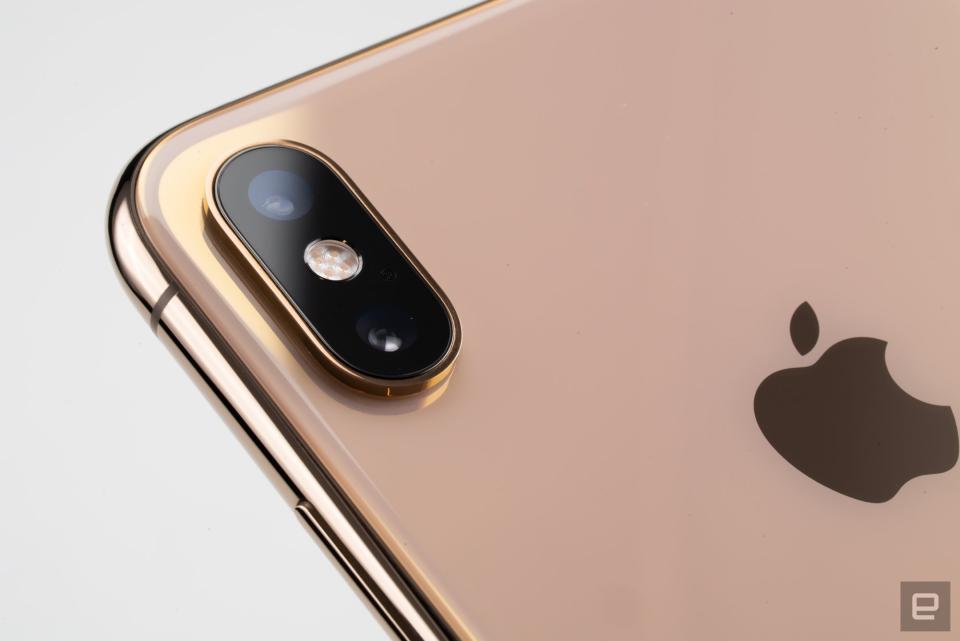
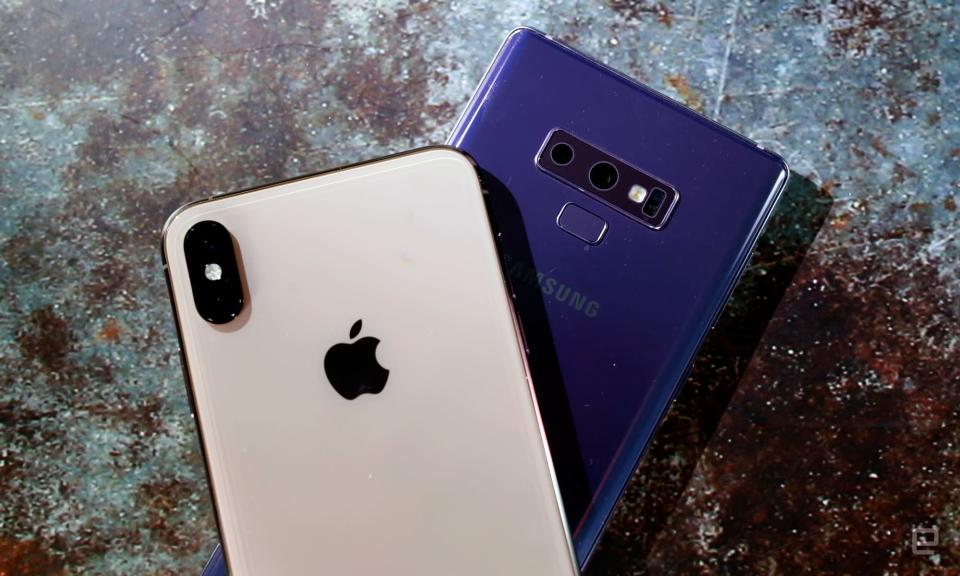
The competition
